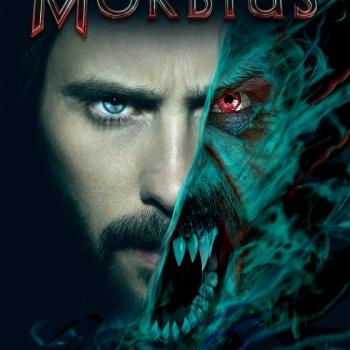Review of To the Wonder, Directed by Terrence Malick
Terrence Malick’s most recent film vindicates those of us who have disliked his films for many years. As someone who fails to “appreciate” Malick’s work, I have always felt slightly guilty for my apathy towards his films, as if I simply didn’t truly understand the gravity of his movies. But To the Wonder demonstrates a new level of pretension that will turn even some of his fans away, such as our own Christian Hamaker in his review.
Hamaker does a better job describing the film and his critique is right on point. The film progresses more like a montage than any true storyline. I want to write another take, however, because I think there is more to say about the underlying subtext to To the Wonder.
Malick does not disclose the inspiration behind his films, but I would hazard a guess that the story of Father Quintana and the romance between Neil and Marina are more tightly knit than first meets the eye. The framework holding these pieces together is marriage’s design as a reflection of Christ and the church, which finds astounding parallels in the book of Hosea where the prophet is commanded to marry Gomer the prostitute.
Once we understand this, we see that Neil and Marina’s relationship, which should reflect that between Christ and his church, so often strays, as when Marina commits adultery. This juxtaposition is made starker by Marina’s infidelity being with an unattractive man who carries a skull tattoo over his heart. The symbolism here is too heavy handed to miss. Marina’s reconciliation with Neil afterward echoes Hosea’s own forgiveness of Gomer and the wonderful mercy seated in Christ.
Father Quintana, as a Roman Catholic priest, is celibate awaiting his union with Christ. His role is not so much to be a commentary on ministry, but another layer to the film’s image of Christian marriage. Just as there are marriage difficulties between Neil and Marina, Father Quintana’s heart is cold and he lacks joy in his relationship with Christ. His passion for God has slowly diminished over the years and now he struggles to trust the Bridegroom.
In a spellbinding way, Malick avoids two-dimensional allegory and instead weaves an intricate meditation on the meaning of marriage. If it were pure allegory, the role of Jane, Neil’s former lover, would make little sense. But a singular meditation on an idea for almost two hours is for the page, not for the screen. Reading the subtext as I have above requires an understanding of marriage’s portrayals in scripture and a sustained contemplation. And even then, these are musings on the meaning of To the Wonder, not something concretely described in the movie. Someone watching without a scriptural lens could easily find an alternative interpretation.
Malick’s To the Wonder is steeped in Ephesians 5:32: “This [marriage] is a profound mystery–but I am talking about Christ and the church.” Unfortunately, To the Wonder is so profound that it is taxing and so mysterious that we fail to learn much from the movie itself about Christ or the church.












